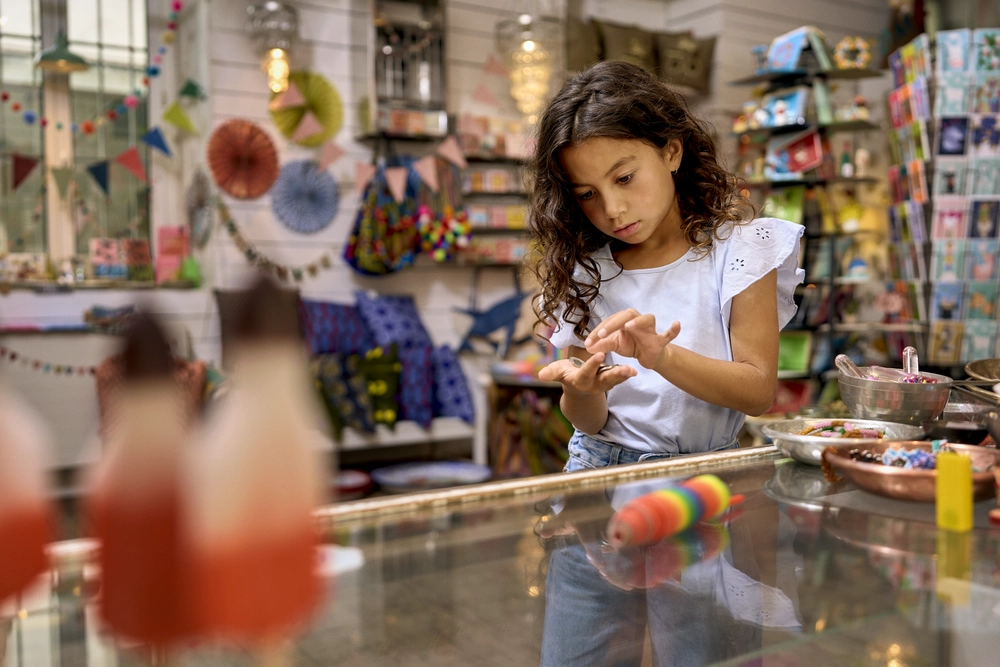Why is Saving Important?
Saving means giving up current desires to achieve larger financial goals later and to manage unexpected expenses. Children who develop saving habits early tend to handle money more responsibly as adults and are less likely to fall into debt.
How Children Learn to Save
According to Simone Reiser, a sociologist and budget advisor, saving for children mainly involves learning to wait and set priorities. Children also learn by observing their parents, who serve as role models. It's important to convey the purpose of saving to children and encourage them to save independently.
Motivation and Support
Children are motivated to save when they have unfulfilled desires. Parents should take these desires seriously and refrain from judging them. Discussions about purchase decisions and support in achieving goals are crucial. Mistakes in saving are valuable learning opportunities and should be allowed.
Recommendations by Age Group
- Up to 8 years: Children learn to delay gratification and wait. A piggy bank can help them understand the concept of saving.
- 8 to 12 years: Children should receive their own money and be encouraged to save a portion of it. Regular discussions and support are important.
- From 12 years: Adolescents take on more financial responsibility, such as for clothing or mobile subscriptions. A budget and clear agreements help them manage their money proactively.
With patience and support, parents can help their children develop good saving habits that will benefit them throughout their lives.

urble: Support in Saving
urble, a digital savings product based on digital assets (crypto) and digital contracts (smart contracts), offers parents and children innovative ways to learn about saving. With urble, parents can set milestones, and children can playfully achieve their savings goals. This approach makes saving not only educational but also exciting and forward-looking.
- Video contribution from the Swiss parenting magazine Fritz+Fränzi: Shows how parents can support their child in finding and achieving savings goals.
- Contribution from Pro Juventute: BExamples of occasions and questions to discuss money within the family.
- Page from feel-ok.ch - Fired up for your health: Information, questions, and a self-test for children and adolescents on consumption, desires, and money.


